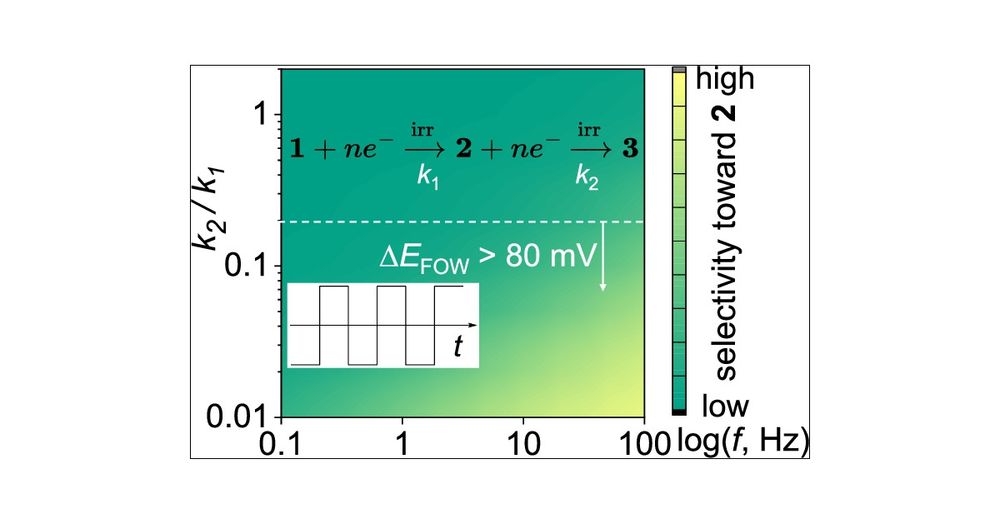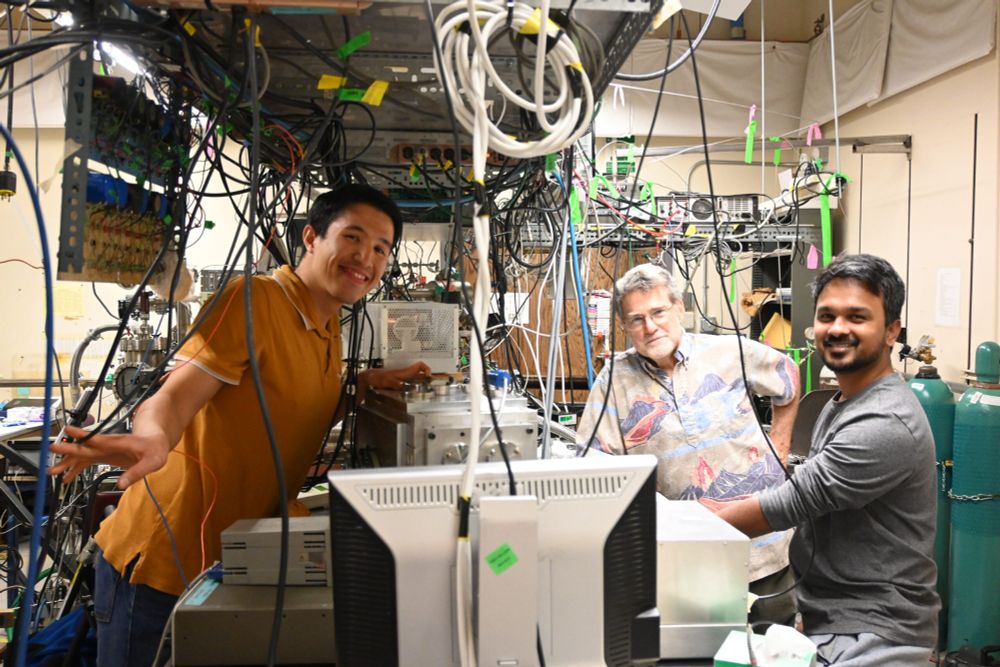Acct of the NSF Center for Sustainable Nanotechnology: nanotech, sustainability, & life in science. (Opinions our own, etc.) https://susnano.wisc.edu
https://cen.acs.org/
Sharing the world of #chemistry: News🗞 Research⚗️ Infographics #PeriodicGraphics ℹ Pictures #CENChemPics 📷 Comics #SketchChemistry 🗯 #FluorescenceFriday ❇️
The Center for Scientific Collaboration and Community Engagement (CSCCE) supports those building scientific communities. CSCCE.org
Supported by the NSF Centers for Chemical Innovation program, the CMCC focuses on developing force-driven chemistry to enable sustainable synthesis.
Visit our website here: chem.tamu.edu/cmcc/index.php
With the future of the world in the balance, everyone has a role to play in making it better. How will you join in?
🌐 Website: www.rsc.org
As a division of @acs.org, ACS Publications is proud to publish the most trusted, most cited, and most read collection of journals in the chemical and related sciences.
Explore ACS Publications: pubs.acs.org
Using quantitative, data-driven approaches to make synthetic chemistry more predictable. Phase II CCI #NSFFunded
🌐 https://ccas.nd.edu/
📷 https://www.instagram.com/nsf_ccas/
Re-engineering the ribosome to create a fundamentally new form of chemical matter. C-GEM is an NSF Center for Chemical Innovation (CHE-2002182). #NSFfunded
Find us online at htpps://www.gem-net.net
Professor of Chemistry at the University of California at Merced; Currently serving as Interim Dean of the School of Natural Sciences... officially unofficial... opinions may be the ravings of a mad Titan / PI. He/His
University of Utah Department of Chemistry
https://linktr.ee/uofu_chemistry
At the interface of electroanalysis and materials, using small electrodes, imaging, and the power of our diversity to solve energy challenges. Opinions are our own, 1st person is PI Joaquin. Learn about us https://rodriguezlopez.chemistry.illinois.edu
Mom. Assistant Professor of Chemistry at Caltech working on 🔋. Loves IPAs, pinot noirs, Tool, backpacking.
seegroup.caltech.edu
The Interdisciplinary Electrochemistry Group at the University of Utah
Website: https://luo.chem.utah.edu/
Chemistry professor at Missouri S&T, electrochemist, editor-in-chief of the ACS Au journals
official Bluesky account (check username👆)
Bugs, feature requests, feedback: support@bsky.app

